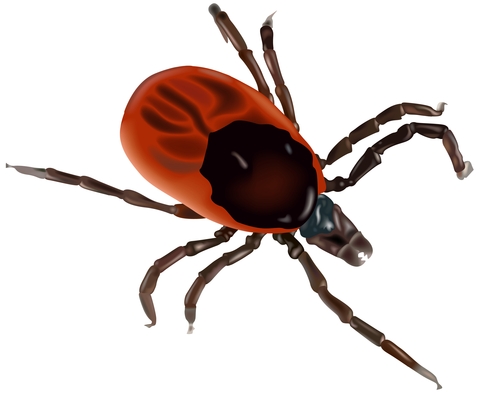Fleas/Ticks
Fleas/Ticks

Fleas:
Adult fleas feed on the blood of mammals. Females will lay around twenty eggs after feeding. The eggs hatch in a matter of days.
Fleas begin their lives in a larval state, completely blind. They slither around in the dark, hidden, searching for any available food until they acquire enough to pupate and weave a silken cocoon around themselves. Soon the flea will fully develop inside of its cocoon where it will lay in wait until it detects a potential host by way of sound, vibration, heat, or carbon dioxide emission.
Upon receiving confirmation that prey is nearby, the flea bursts from its prison, ready to wage a relentless campaign of bloodthirsty reproduction.
The second best jumper in the world, the flea can quickly close distances. It has a very strong body. They are able to withstand enough pressure that attempting to crush them in your fingertips will usually result in failure. This allows them to travel along with their hosts without fear of being scratched, rubbed, or crushed to death.
Fleas are usually brought into homes by way of household pets, but they will not be content living on the backs of your animals for long. Homes with carpeting are especially at risk of severe flea infestation.
Female fleas lay up to 5,000 eggs in their lifetime. In ideal conditions, fleas will multiply exponentially, quickly getting out of hand if not treated in time.
SCHEDULE A FREE ESTIMATE TODAY!
Pests We Guarantee
Menu
Ticks:
Ticks are especially active from the months of March to October. Homes with pets or rodent problems are especially prone to tick infestations.
Besides being generally gross, ticks are widely frowned upon due to their proclivity for carrying and transmitting harmful diseases to humans. Lyme disease and Rocky Mountain Spotted Fever are the most common harmful diseases associated with tick bites.
Roaches:
Due to their persistent association with human habitats, cockroaches are frequently referenced in the arts, folklore, and everyday life. In our culture the American cockroach is often depicted as a filthy, disgusting pest. Their appearance is considered unsightly for many people, sometimes even to the point of triggering phobic responses.
Roaches will feed on anything, but tend to be attracted to human housing because they are intolerant of the cold. They will feed on crumbs left behind from humans or eat pet food, but properly eliminating all access to food supply will not necessarily eliminate the problem as cockroaches are capable of surviving up to three months without eating at all. If the need arises a roach will feed on something as devoid of nutrition as glue on the back of a postage stamp.
Roaches can fill your home with an abominable odor and carry proteins that can trigger allergic reactions in humans. They are mostly nocturnal. If you are seeing roaches in your home when the lights are on this is a good sign that there are many more hiding elsewhere. This natural drive to remain hidden in the dark coupled with the female cockroach’s ability to lay eggs for a lifetime after being impregnated only once make a roach infestation particularly difficult to eradicate once established.

